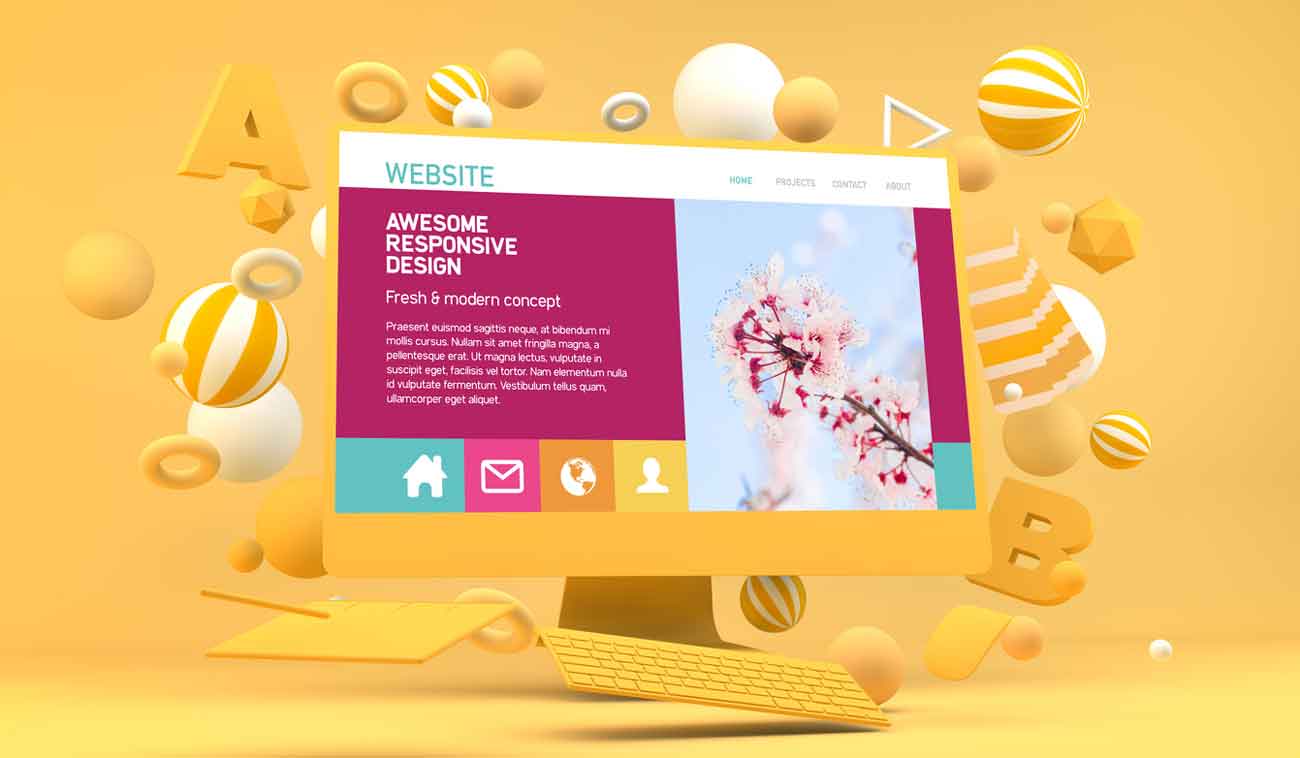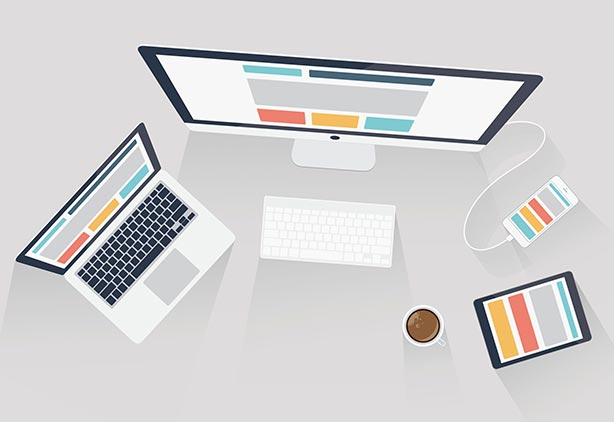The Psychology Behind High-Converting Website Design
High-converting website design is not just about aesthetics; it’s about understanding how users think and behave online. By incorporating principles of psychology into the design process, you can create a website that not only looks good but also drives conversions and engages users effectively. From color choices to layout and navigation, every element of your website can be optimized to appeal to the psychological triggers that influence user behavior. Let’s explore the psychology behind high-converting website design and how you can leverage it to create a more impactful online presence.
Color, Contrast, and Clarity: Design Elements That Drive Action
The color scheme of a website or advertisement can evoke certain emotions and reactions from users. For example, bright and bold colors can grab attention and create a sense of excitement, while softer tones can create a feeling of calmness and relaxation. By choosing the right colors, designers can direct users towards taking a specific action, such as making a purchase or signing up for a newsletter.
Contrast is another important design element that can drive user engagement. By using contrasting colors, fonts, and images, designers can make certain elements stand out and draw attention. This can help guide users through a website or advertisement, highlighting key information or calls to action. Additionally, contrast can create visual interest and make the design more dynamic and engaging for users.
Clarity is perhaps the most important design element when it comes to driving action. A clear and intuitive design makes it easy for users to understand the purpose of a website or advertisement and navigate through its content. By using clean layouts, easy-to-read fonts, and simple navigation menus, designers can ensure that users can quickly find what they are looking for and take the desired action. Clarity also extends to the messaging and imagery used in the design, making sure that users are not confused or overwhelmed by unnecessary information.
Cognitive Load and Navigation: Keeping Visitors Focused
One way to reduce friction and guide users to conversion is to simplify the navigation of the site. This means making it easy for users to find the information they are looking for and to complete the desired action, whether that’s making a purchase or signing up for a newsletter.
One way to do this is by organizing the site’s content in a logical and intuitive way. This might involve creating clear categories and subcategories, using descriptive labels for links and buttons, and providing search functionality for users who prefer to search for specific information. By reducing the amount of effort required to navigate the site, you can help keep visitors focused on their goal and increase the likelihood of conversion.
Another way to guide users to conversion is to provide clear calls to action throughout the site. This means using buttons, links, or other visual cues to prompt users to take a specific action, such as “Buy Now” or “Sign Up Here.” By making these calls to action prominent and easy to find, you can help users understand what steps they need to take next and encourage them to complete the desired action.
Trust Signals and Emotional Triggers in Web Layouts
Trust signals such as customer testimonials, security badges, and professional certifications can help establish credibility with visitors and make them feel more confident in engaging with your website. Similarly, emotional triggers such as compelling visuals, persuasive copy, and interactive elements can evoke emotions that drive visitors to take action.
By strategically placing trust signals throughout the website, such as on the homepage, product pages, and contact forms, you can reassure visitors that your business is trustworthy and reliable. This can help alleviate any doubts or concerns they may have and encourage them to move forward in their buyer’s journey. Likewise, incorporating emotional triggers like vibrant images, engaging videos, and compelling storytelling can create a connection with visitors and inspire them to make a purchase or contact your business.
Ultimately, by combining trust signals and emotional triggers in your web layout, you can create a website that not only looks visually appealing but also builds credibility and drives decisions. By focusing on creating a positive user experience that instills trust and resonates emotionally with visitors, you can increase engagement, conversions, and ultimately, the success of your online business.




 +91 8277203000
+91 8277203000
